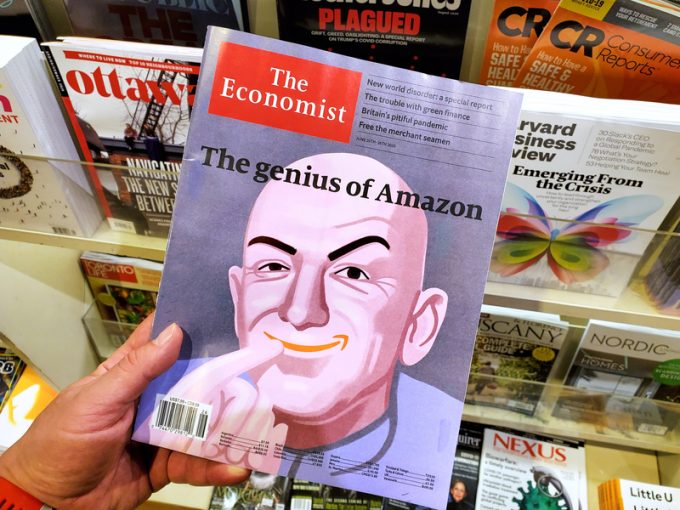Fred Smith – the man who made the impossible, possible
A bright legacy

In the third of a four-part series, Stan Wraight, president of air cargo consultancy SASI, takes off the gloves to explain how airlines, airports and handlers can innovate. “Do you think Jeff Bezos of Amazon, Jack Ma of Alibaba or Fred Smith of FedEx made ...
MSC switches two more Asia-Europe port calls from congested Antwerp
Canada and Mexico get cosy with trade plan to bypass US
Front-loading frenzy has made traditional H2 peak season 'unlikely'
Tradelanes: Export boom in Indian sub-continent triggers rise in airfreight rates
Carriers introduce surcharges as congestion builds at African ports
Mexican airport modernisation plan unlikely to boost cargo facilities
Tradelanes: Overcapacity on Asia-S America impacting alliances and rates
Ports and supply chain operators weigh in on funding for CPB

Comment on this article